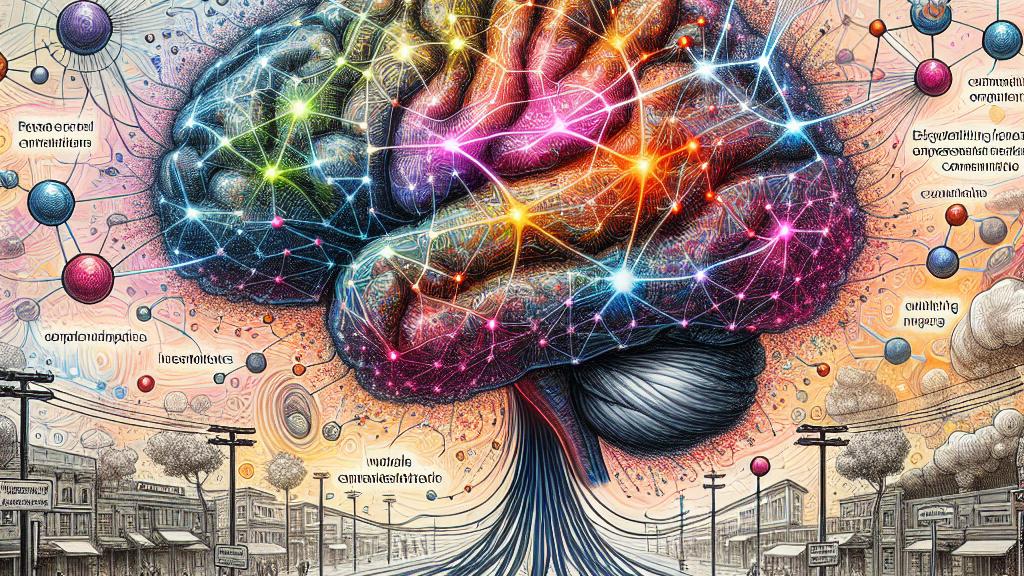Understanding the Brain-Mesh Model: How Neural Connections Work Together
Overview
- The Brain-Mesh Model reveals essential connections between local brain activity and broader networks.
- It provides groundbreaking insights into neural synchrony and the brain's adaptability.
- By enhancing our understanding of brain behavior, this model paves the way for innovative research.

A Revolutionary Insight into Brain Function
Imagine stepping into a world where the brain operates like a dynamic mesh network—an intricate system that mirrors how advanced technology connects devices. This is precisely what the Brain-Mesh Model designed by Andreu Ballús does on a scientific level! It introduces a fascinating three-layered framework, integrating local and regional connectivity in ways we've never fully understood before. Think of the foundational mesh layer as the ultimate neural backbone, weaving through substantial communication pathways across the brain. For instance, during moments of deep concentration or creativity—like when you're solving a puzzle or writing a song—areas of the brain synchronize effortlessly, creating a harmony akin to musicians playing together in perfect time. This model brilliantly elucidates complex phenomena, such as how our brains can adapt and reorganize in response to new experiences, much like how a city redesigns its traffic flow to accommodate an influx of drivers.
Transforming Our Understanding of Behavior
But the magic of the Brain-Mesh Model extends far beyond mere theory. It has practical implications that resonate with our everyday lives—offering a fresh perspective on how we behave in various situations. Consider the excitement you feel while engaging in a thrilling video game or the calm focus that washes over you when drawing. Each of these experiences illustrates the smooth collaboration of different brain regions working together, as described by this innovative model. Moreover, it reveals how unique neural resonance patterns influence our learning processes, emotional states, and personal interactions. Each time you tackle a difficult task or enjoy time with friends, there’s a mesmerizing symphony of neural activity taking place beneath the surface—one that this model helps to illuminate. As researchers explore these groundbreaking insights, they can uncover new approaches for addressing neurological challenges, enhancing cognitive abilities, and improving our overall well-being. The Brain-Mesh Model does more than provide a fresh lens on brain functions—it opens up boundless possibilities for the future of neuroscience!

Loading...